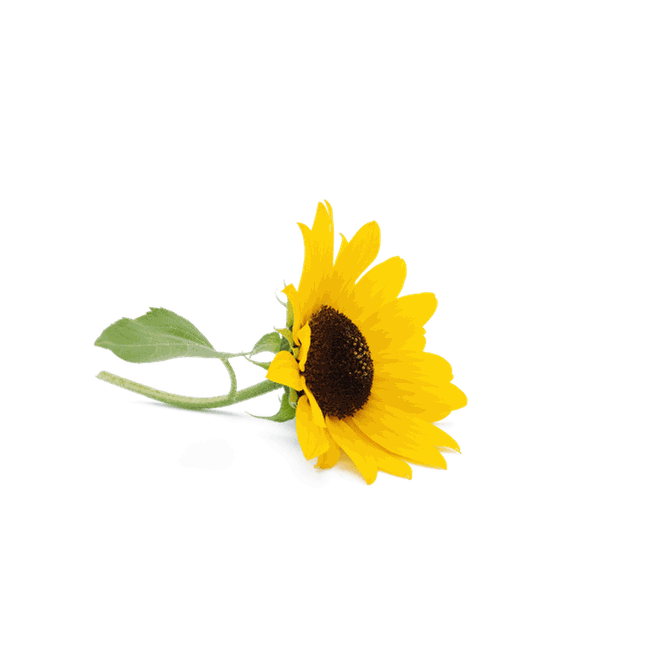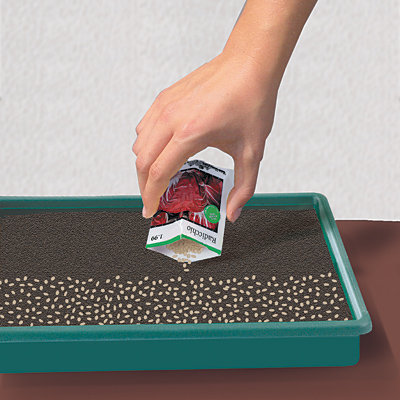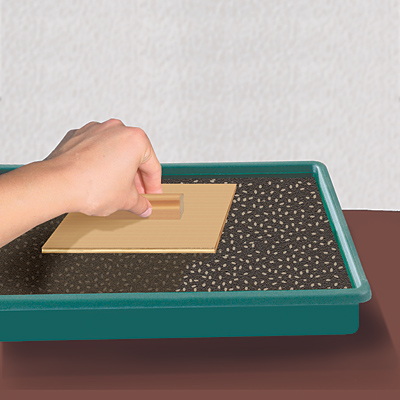Sowing seeds yourself
Many summer flowers, herbs and vegetables are very easy to grow from seed. To ensure they flower or bear fruit in time, many varieties can be sown in February. The exact dates can be found in the seed packets.
Here’s how:
1. Fill 2/3 of a seed tray that has drainage holes with a peat-free soil specially designed for sowing and growing young plants. Level the surface of the soil with a stick or a small board. Gently firm the soil using a piece of wood.
2. Sow the seeds thinly and evenly and then cover them with a thin layer of soil in the same thickness as the seeds. Gently firm the soil again. Exception: light-dependent germinates do not need a protective layer of soil, so do not cover these seeds with soil. Sprinkle a little sand over the seeds and also firm with a wooden board.
3. Gently water the seed tray so as not to disturb the seeds. Place the tray where it will receive adequate light at room temperature and cover with foil or a glass sheet. Do not allow the soil to dry out during this period, so that the delicate seedlings do not dry up.
4. Prick out the seedlings as soon as two leaves appear, at the latest, when the plants have four leaves. This means that you plant them again with a greater distance in between. To do this, 2/3 fill a tray with a peat-free sowing and potting soil. Use a dibber (or an old pencil) to make holes in the soil. Gently ease the plant out of the seed tray using the dibber. Only hold onto the seed leaves, so as not to squeeze the delicate stems. Pinch off over-long roots with your fingers and transfer each seedling into its new position in the hole. Lightly firm the soil around the plant with your dibber. Transplanted seedlings should be placed at least 3 x 3 to 5 x 5 cm apart, depending on variety and size. Carefully water them in and place them at room temperature where they will receive adequate light. You may also plant the seedlings in small pots instead of a seed tray.





